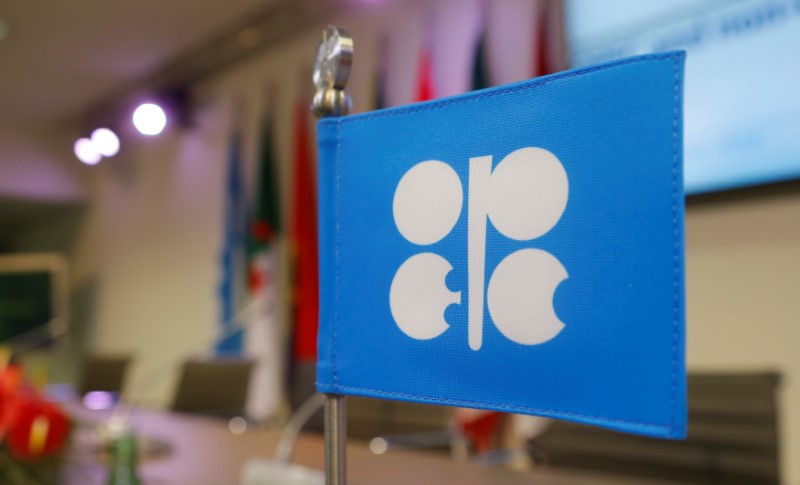(Reuters) - Goldman Sachs (NYSE:GS) said the formal agreement by non-OPEC oil producers this weekend in Vienna to help curb output was reached with a goal of "normalization" of inventories and not necessarily just at raising oil prices.
The Organization of the Petroleum Exporting Countries (OPEC) had previously agreed to cut output by 1.2 million barrels per day (bpd), and on Saturday, 11 non-OPEC producers agreed to join the effort and reduce output by 558,000 bpd.
The cut was short of an initial target of 600,000 bpd but still the first OPEC/non-OPEC output deal since 2001 and the largest contribution by non-OPEC producers ever.
"Despite the smaller-than-preannounced cut, the agreement is nonetheless noteworthy as it lifts the uncertainty on the potential participation of non-OPEC producers to the OPEC cut," the bank said in a note on Sunday.
The agreement was followed by comments from top exporter Saudi Arabia's energy minister Khalid Al-Falih saying that the kingdom may be willing to cut output to below 10 million bpd.
The world's top oil exporter told OPEC it pumped a record 10.72 million bpd last month, an OPEC source said, up from 10.625 million bpd in October.
Goldman said an announced production cut from Russia was likely to remain short of the 300,000 bpd promised, noting that Russia's participation was important.
Goldman said implementation of the coordinated OPEC and non-OPEC production cuts was required to support spot oil prices at its H1 2017 price forecast of $55/bbl for West Texas Intermediate crude (CLc1). [O/R]
A better-than-expected compliance would initially lead to higher prices, "with full compliance worth an additional $6/bbl to our price forecast," it said.
The bank warned, however, that as WTI prices neared $55 a barrel, that producers, especially in the United States, might begin to raise their output.

"Ultimately, this remains a short duration cut in our view, targeting excess inventories and not high oil prices," Goldman said.